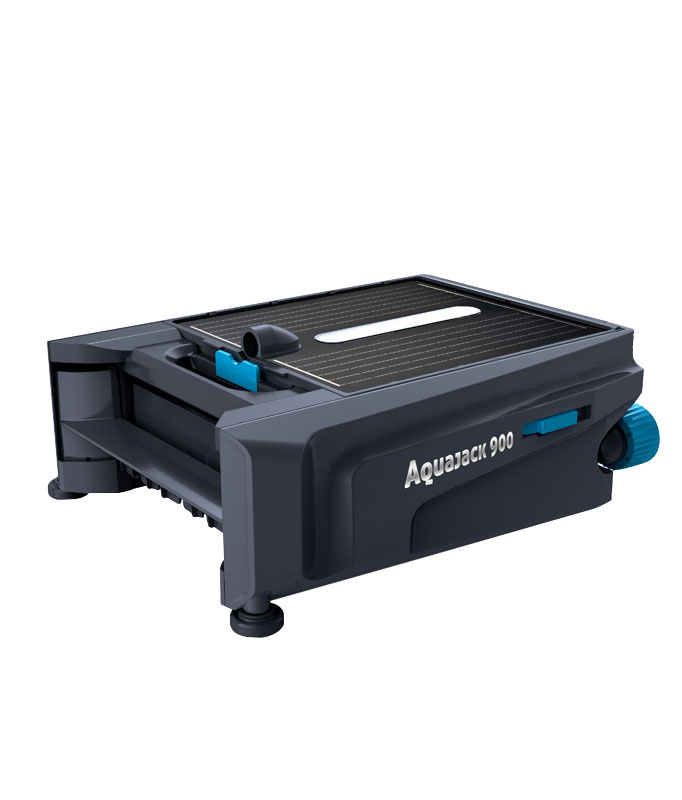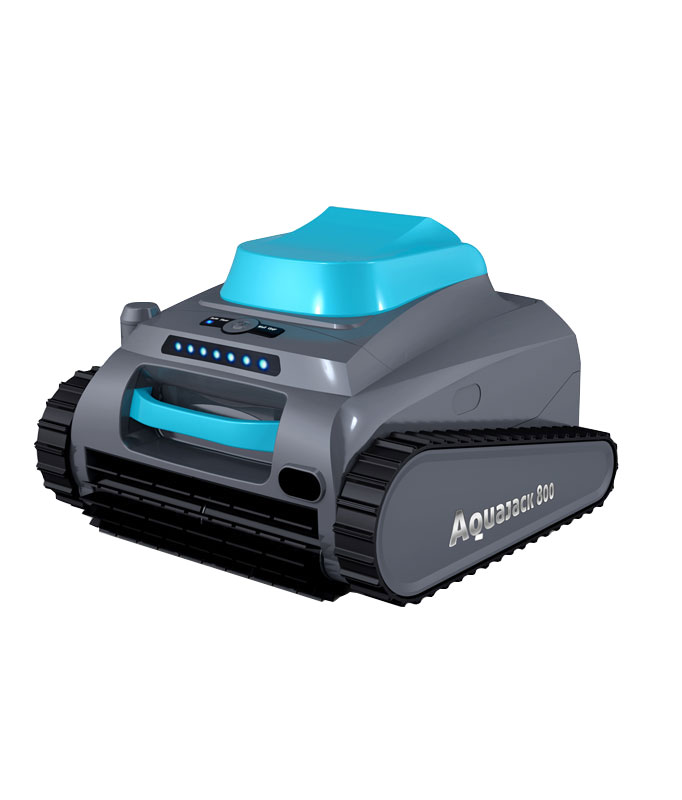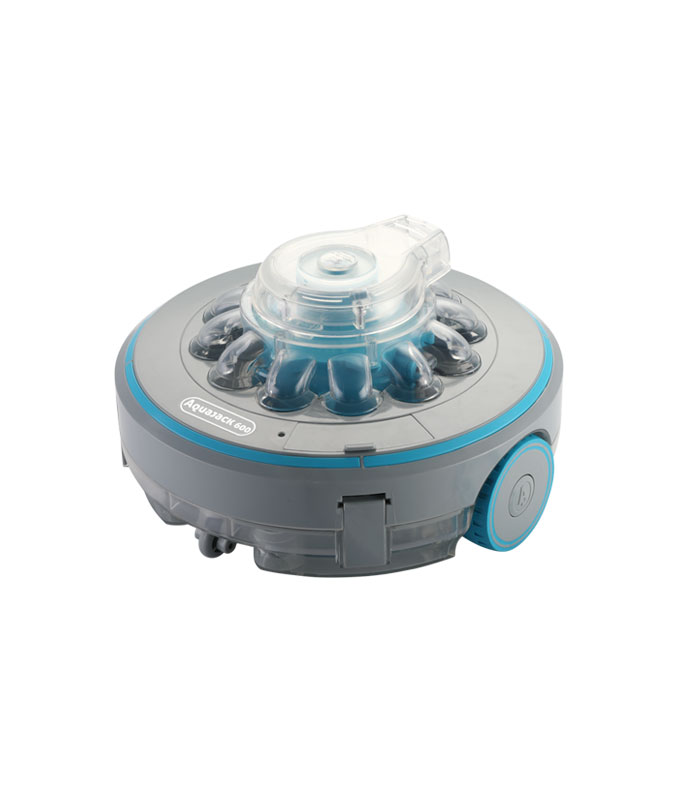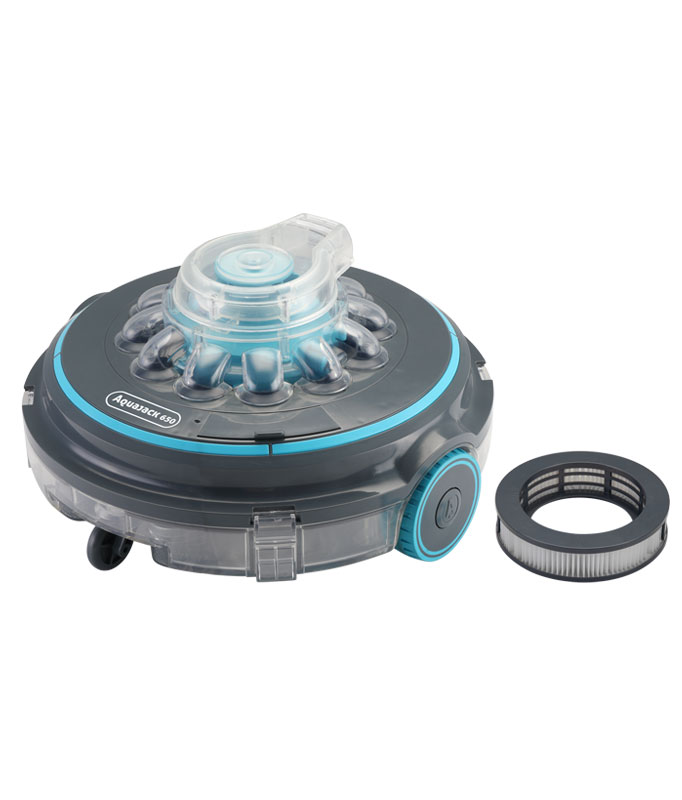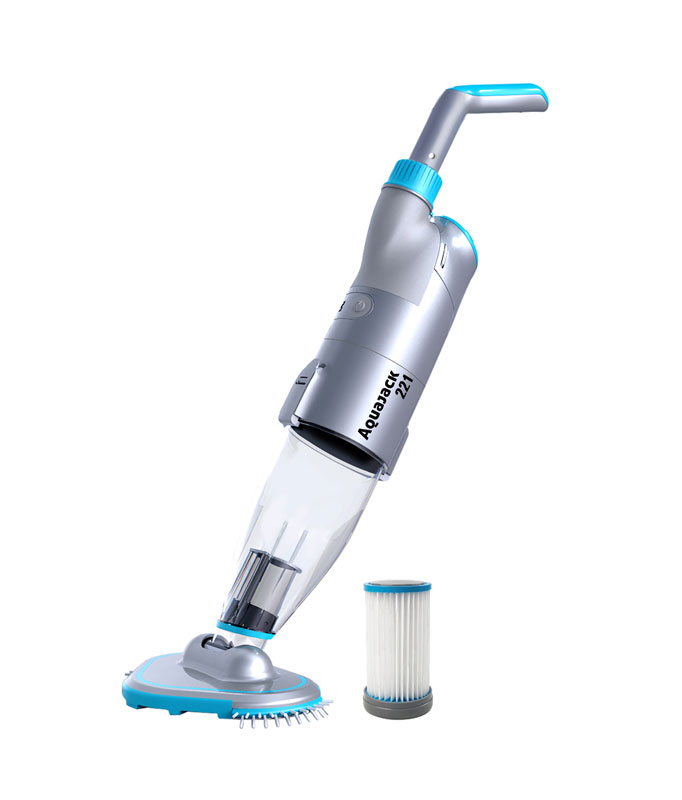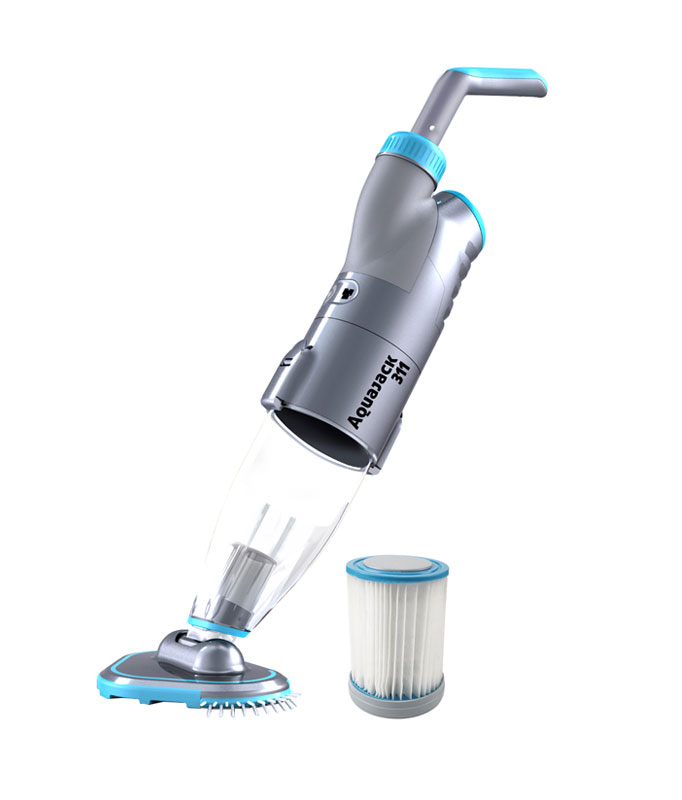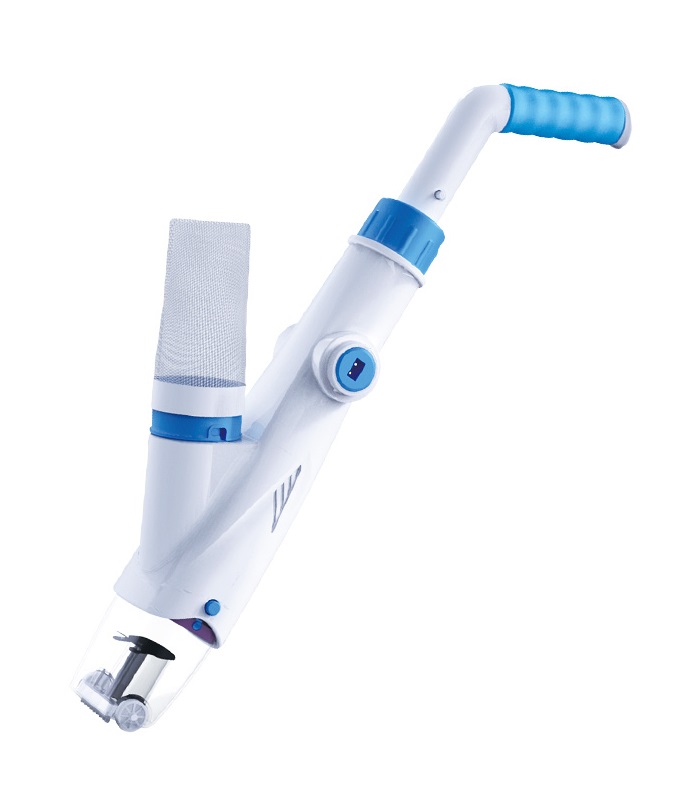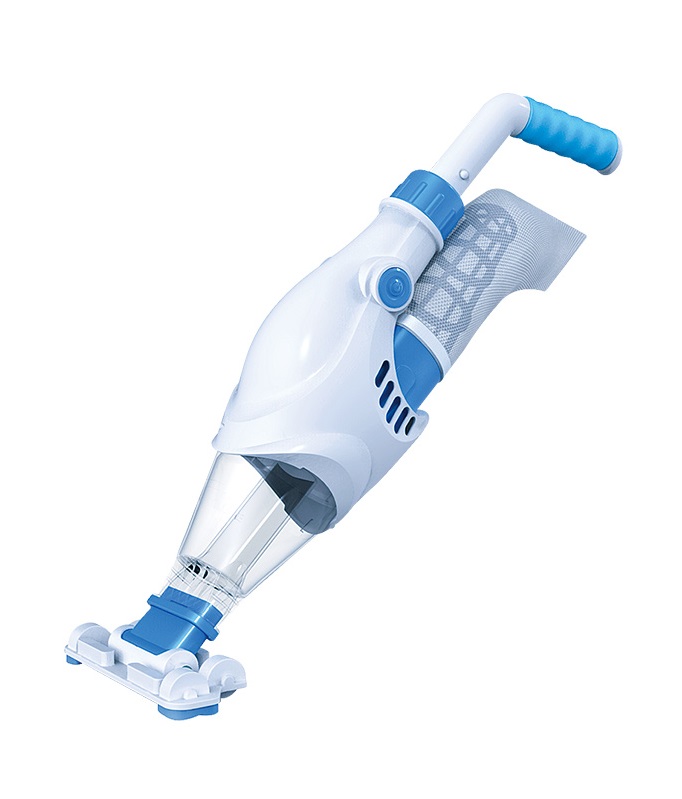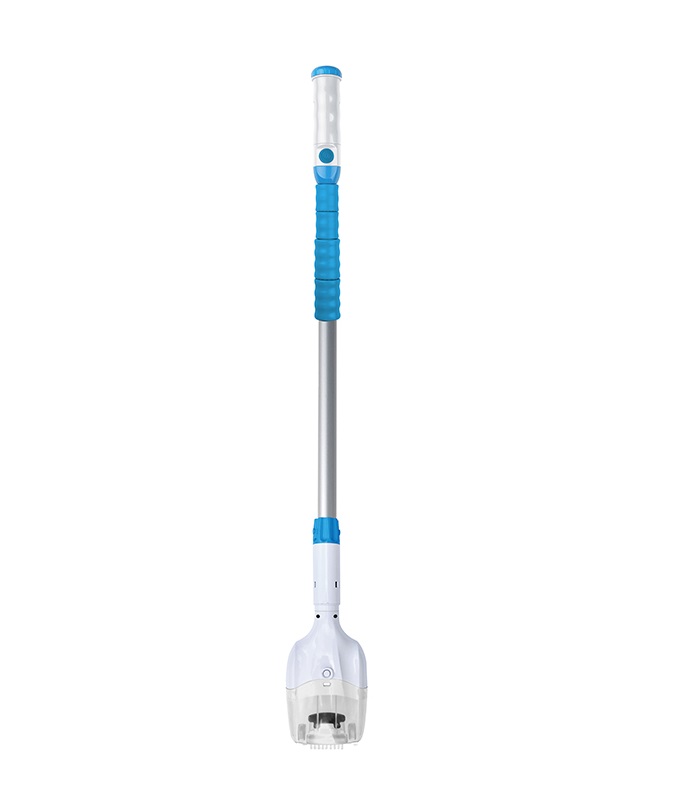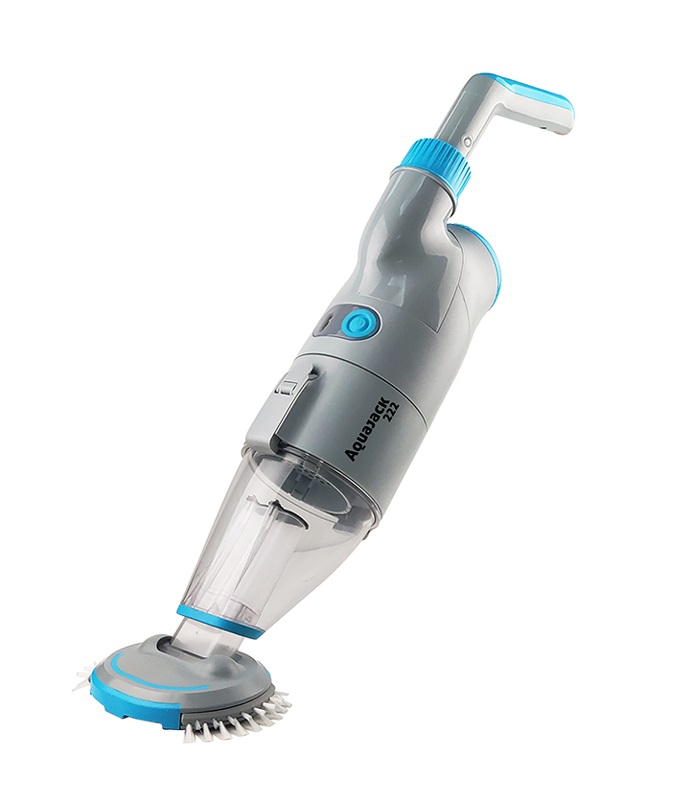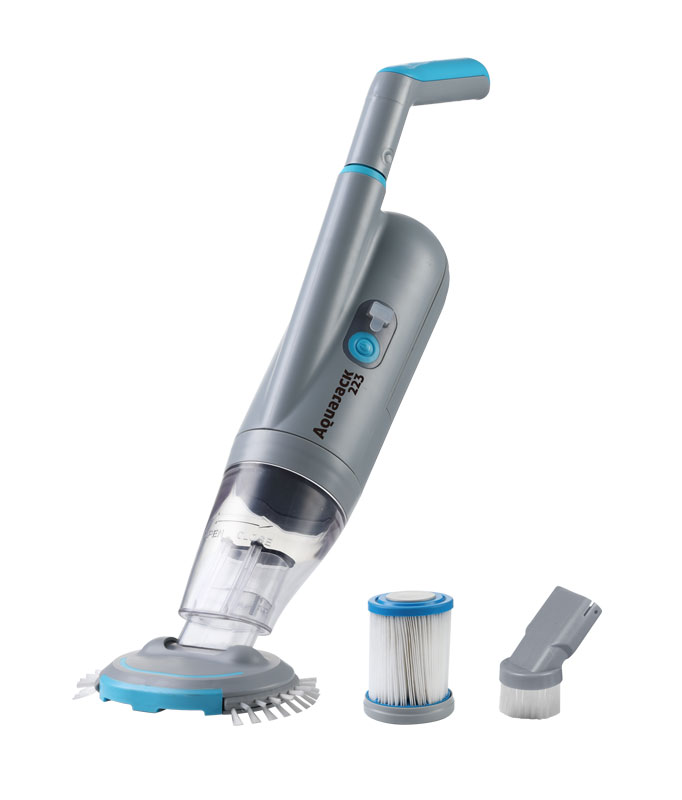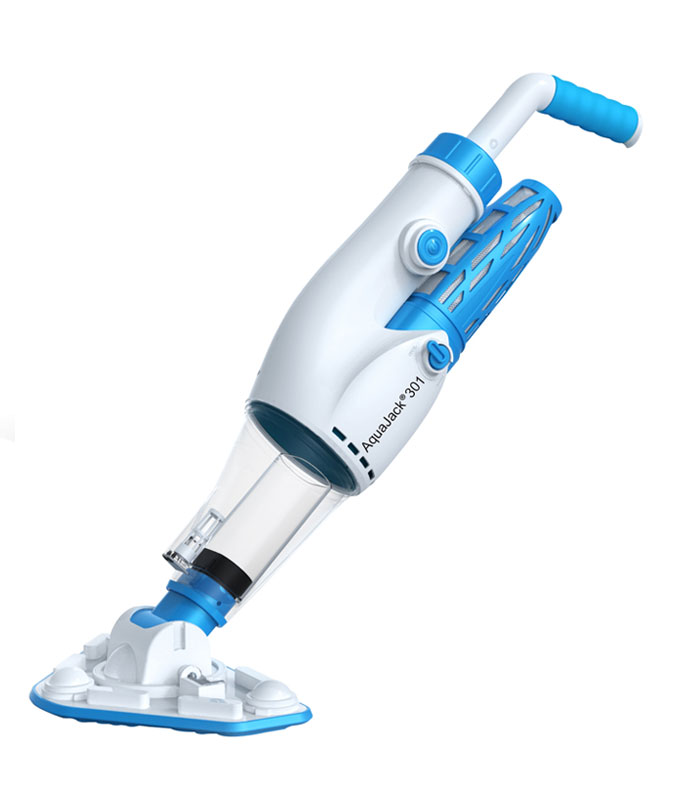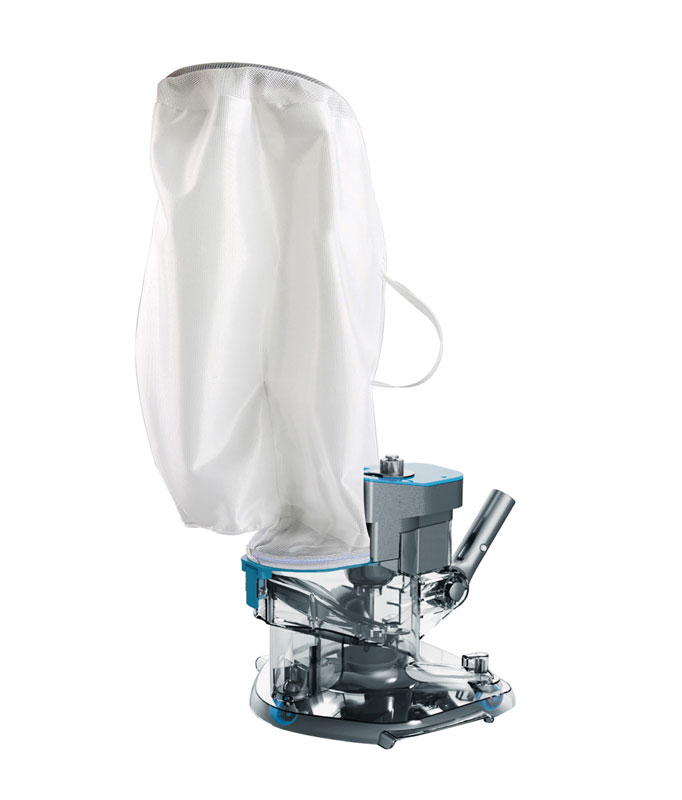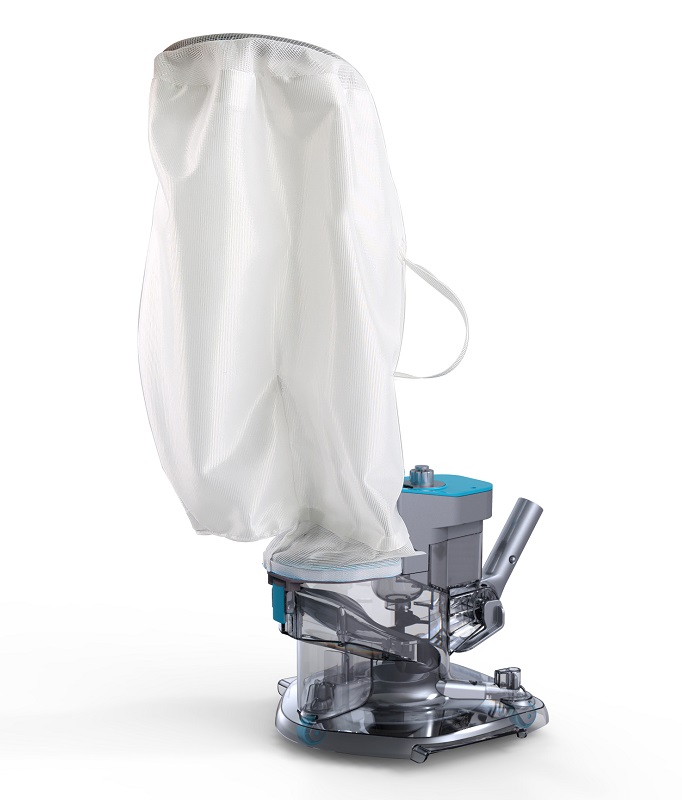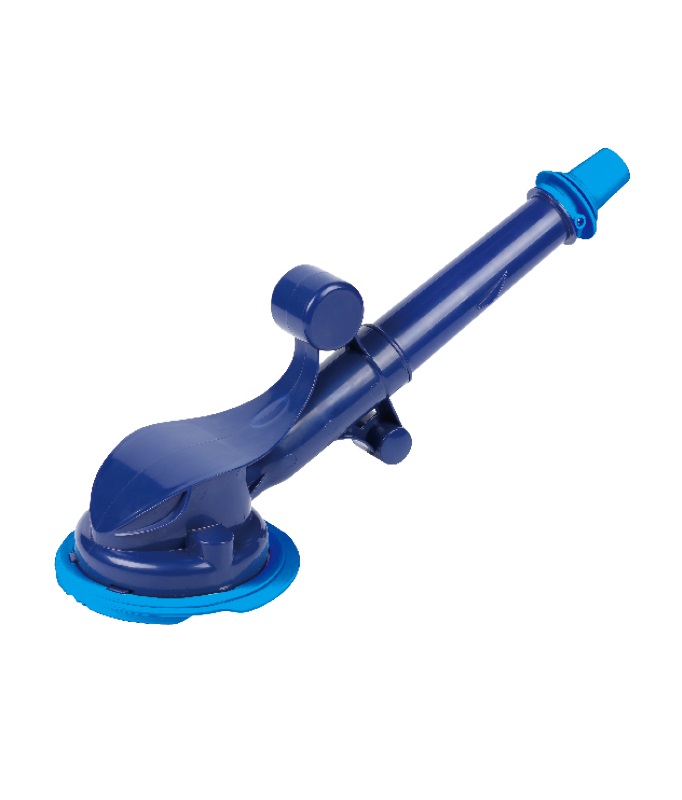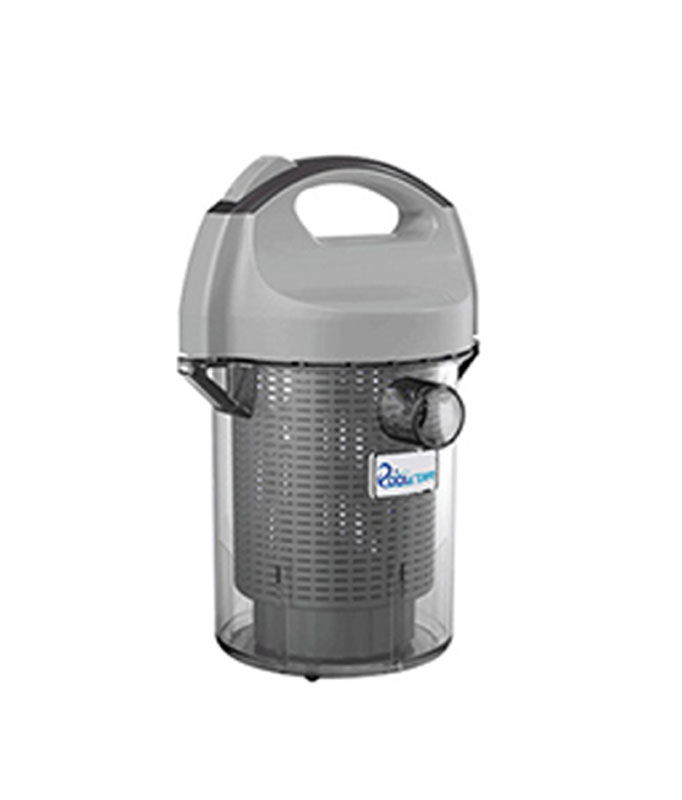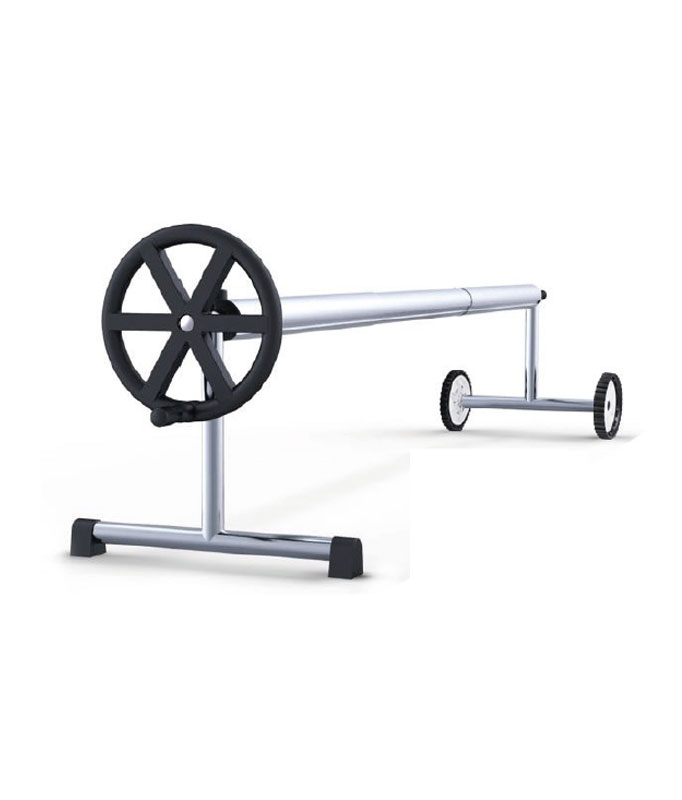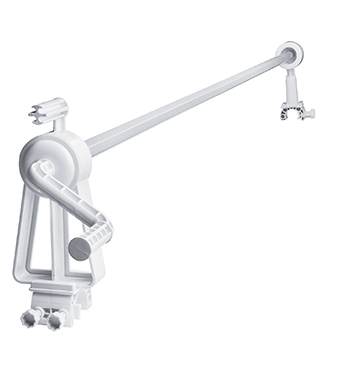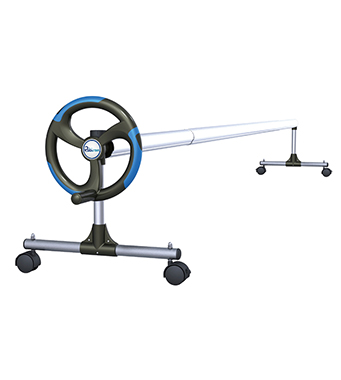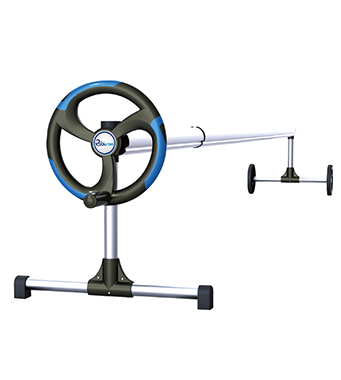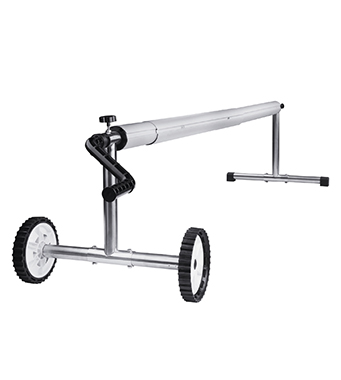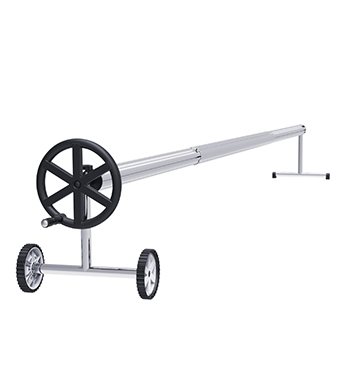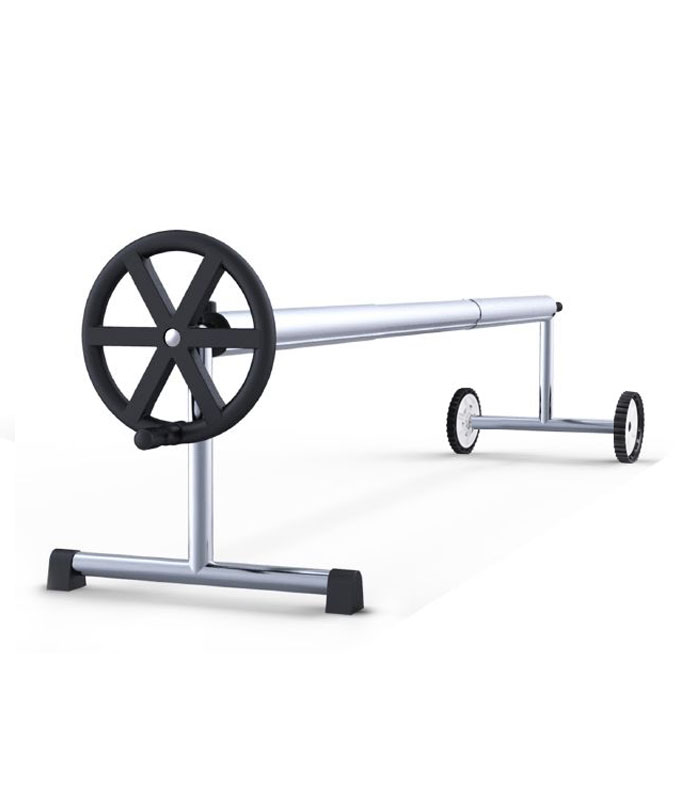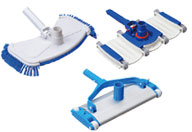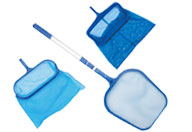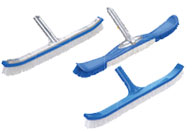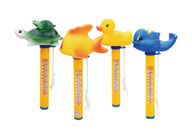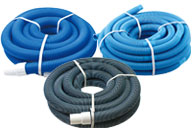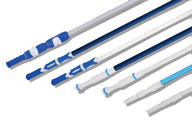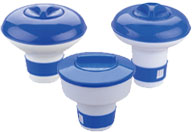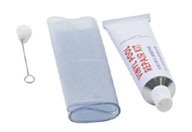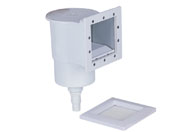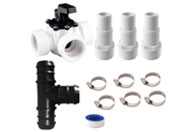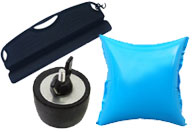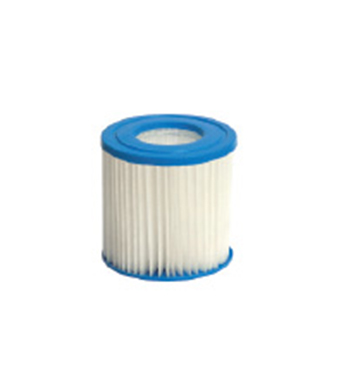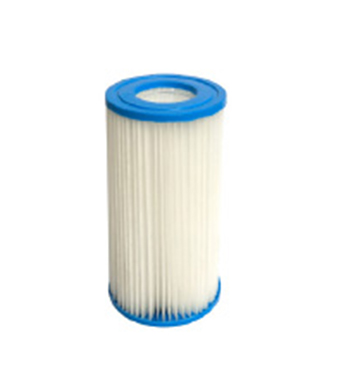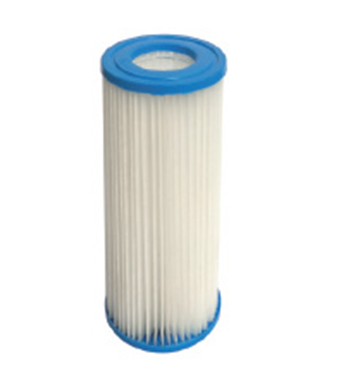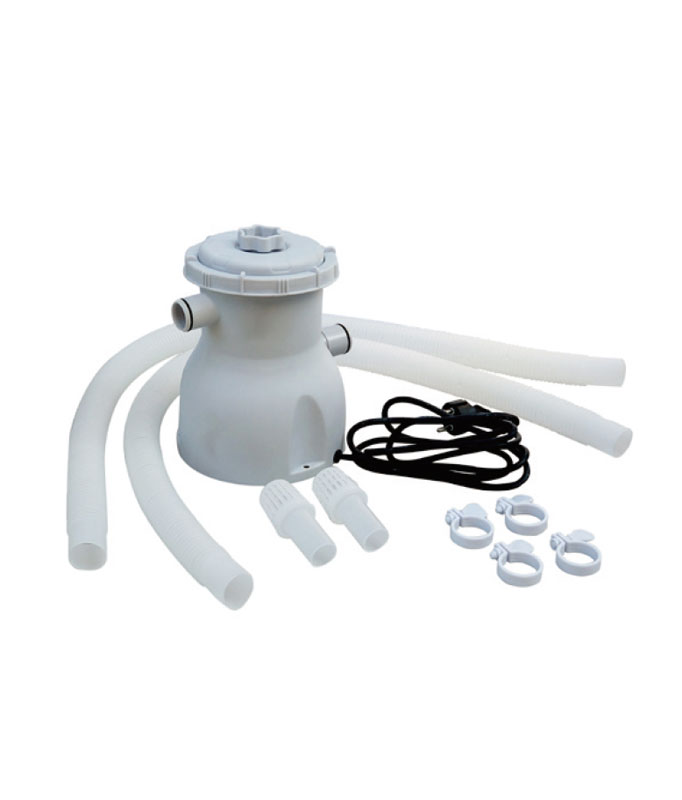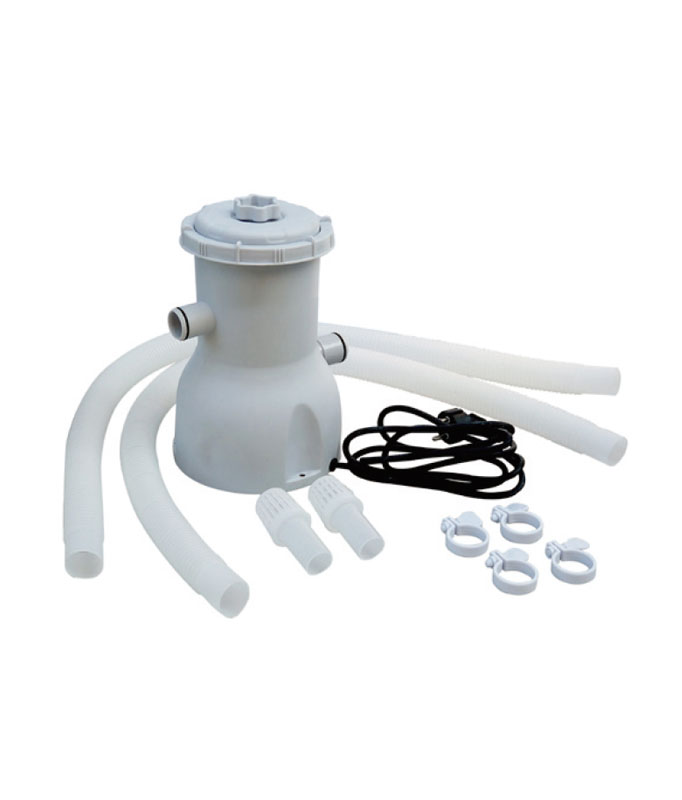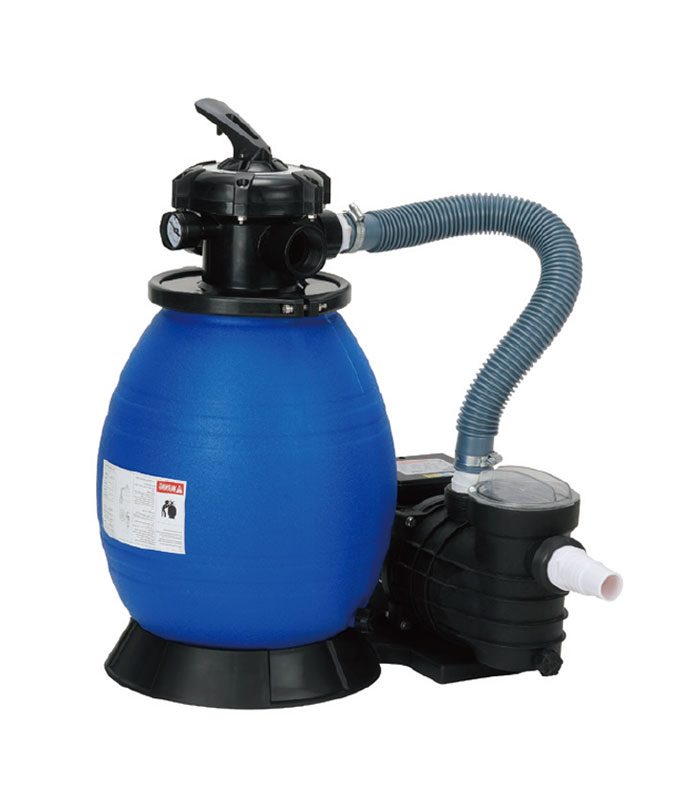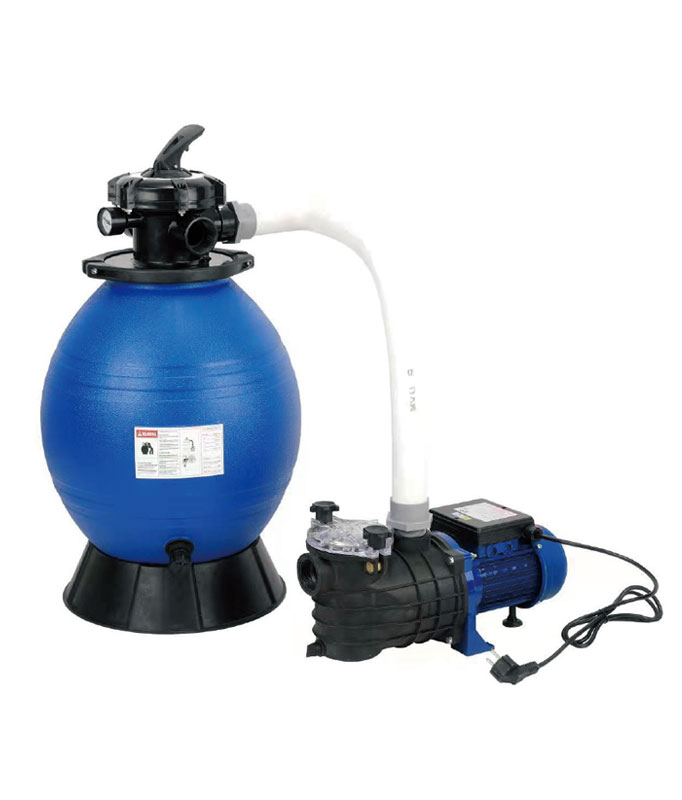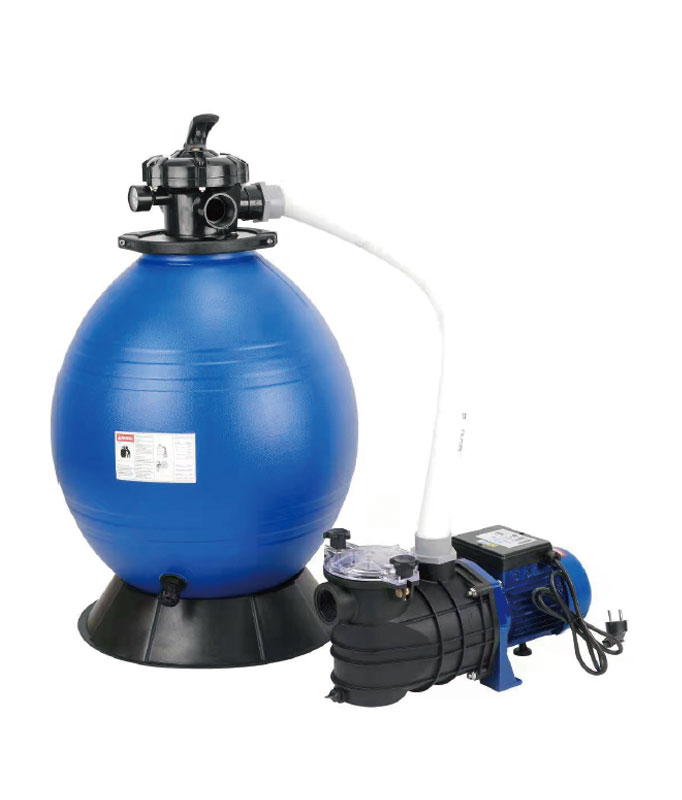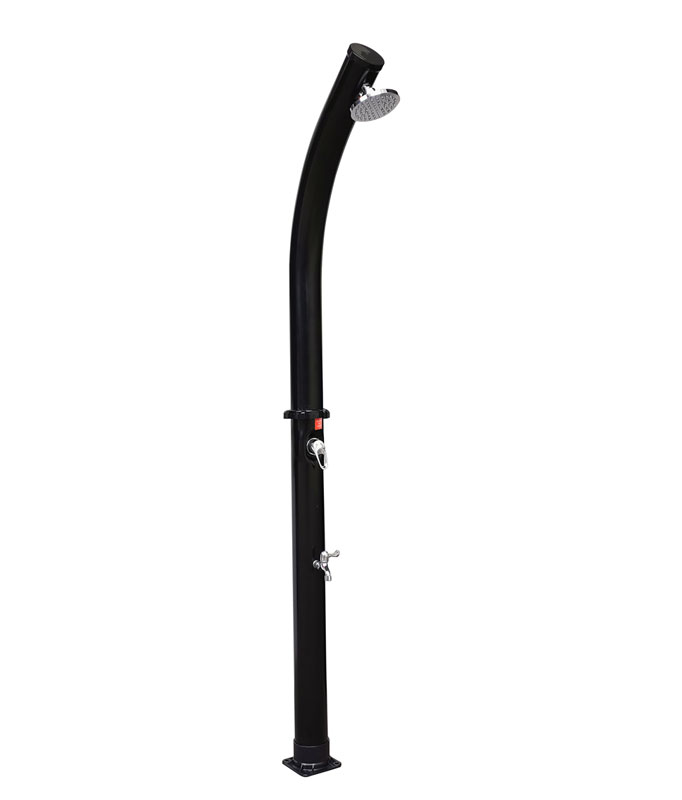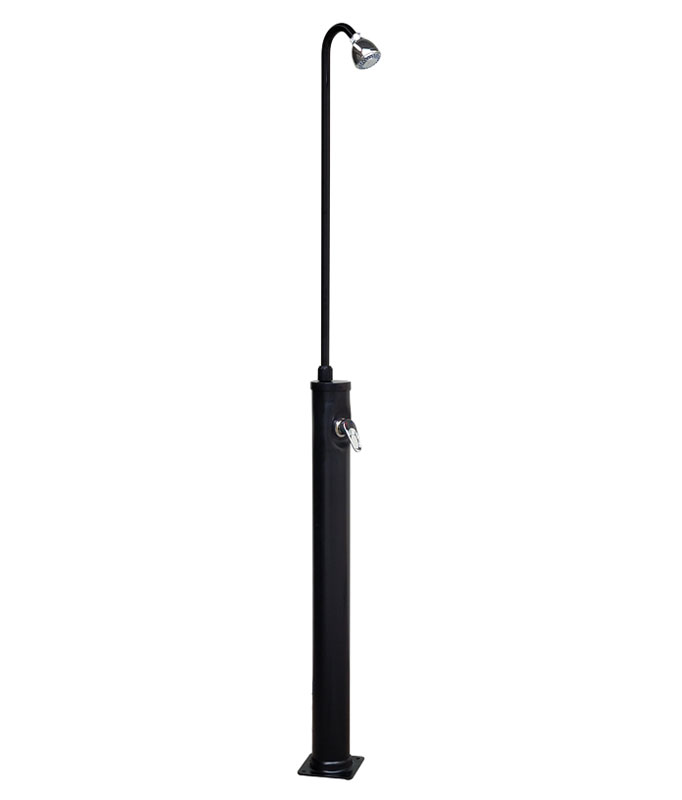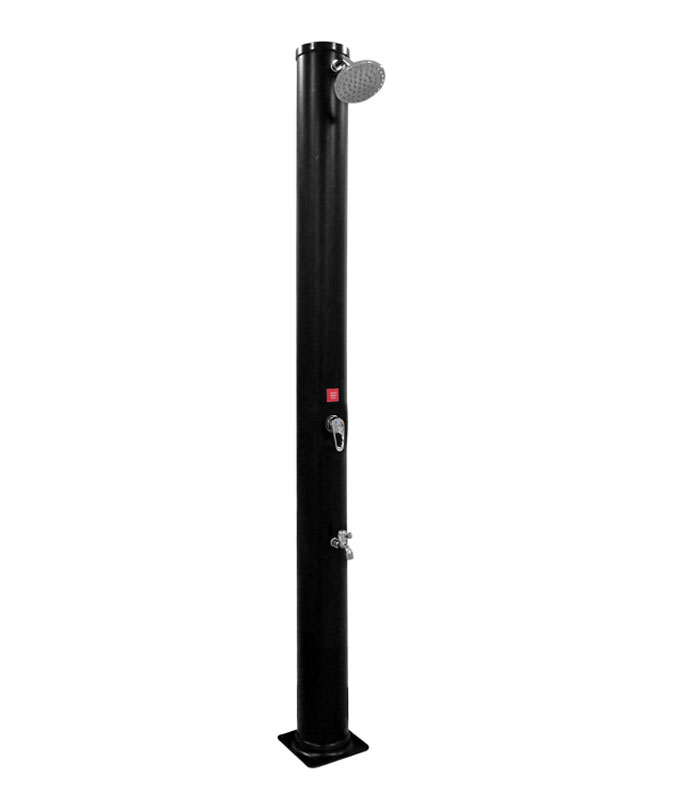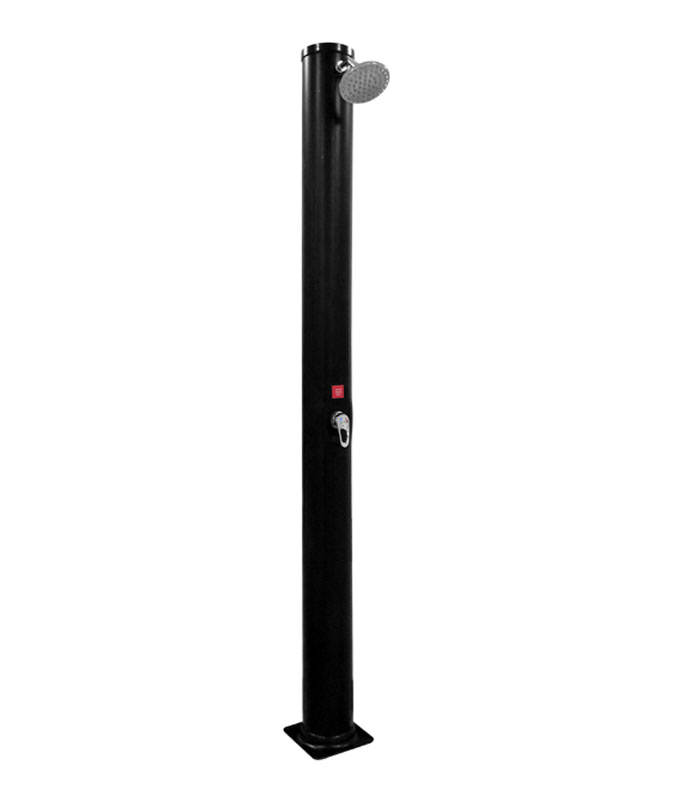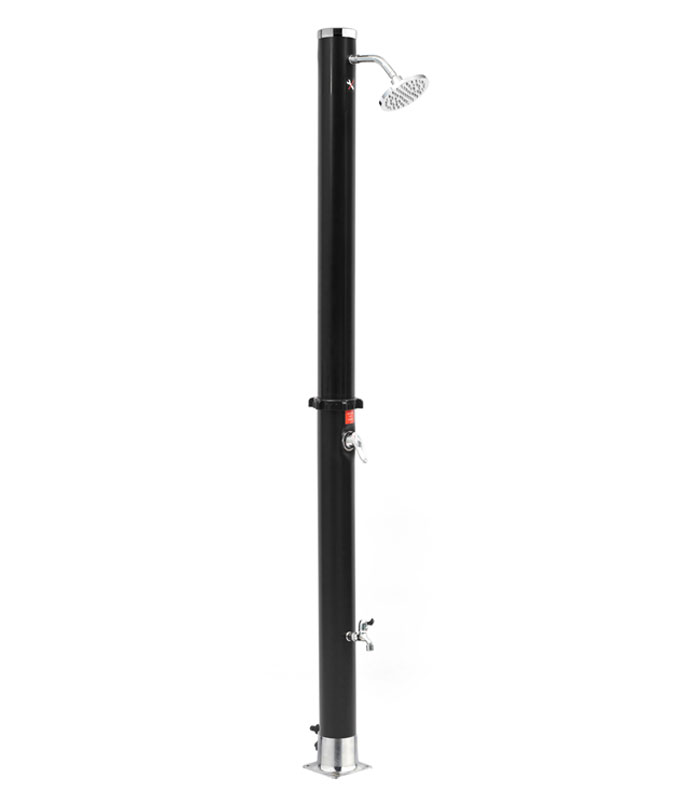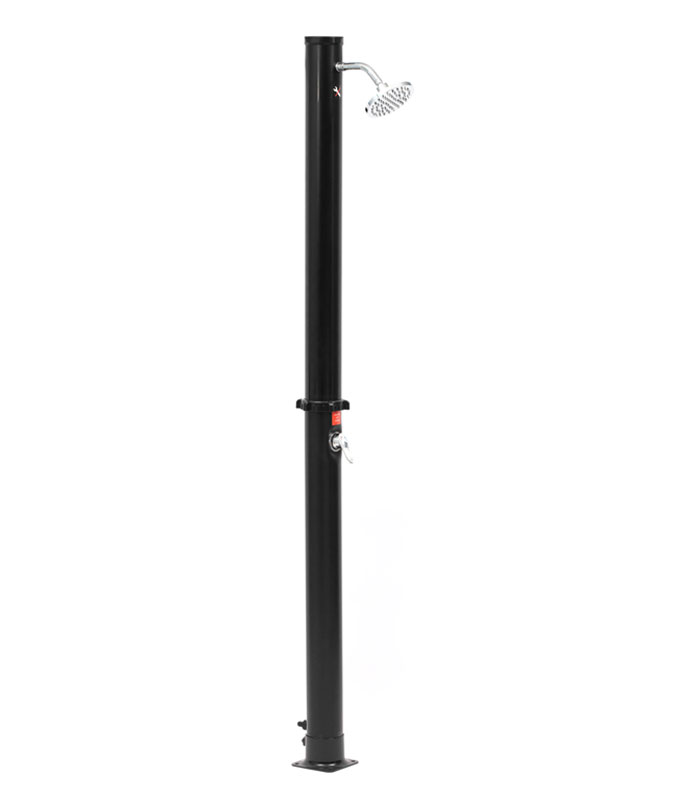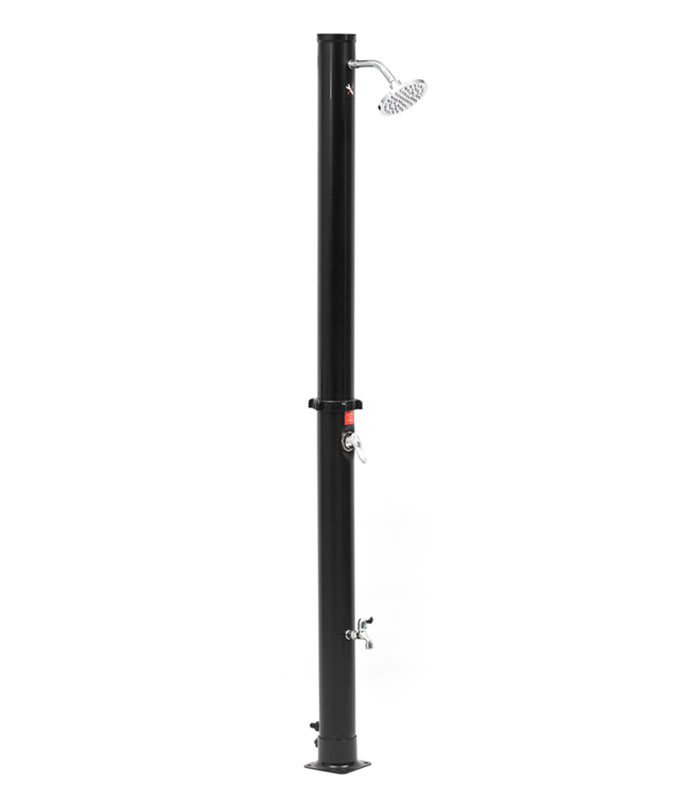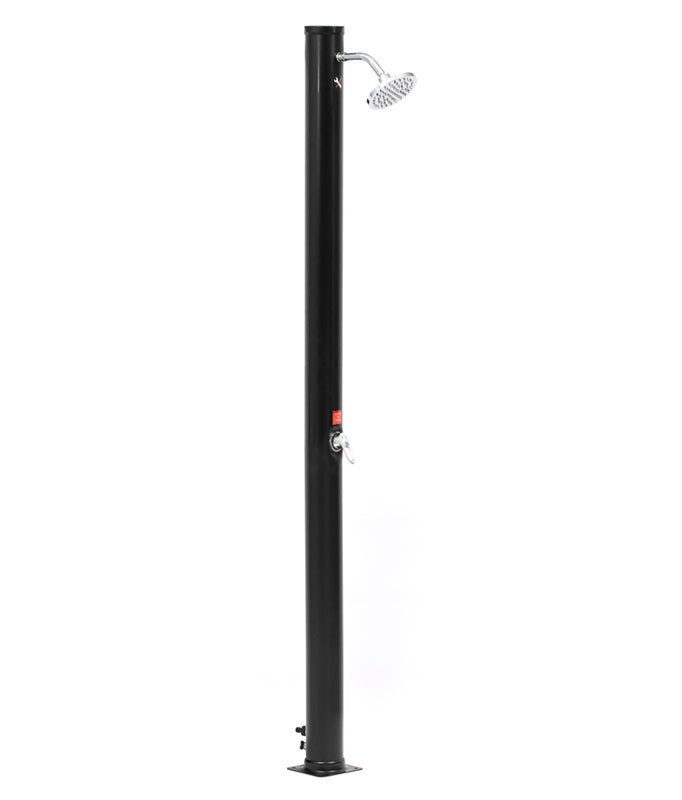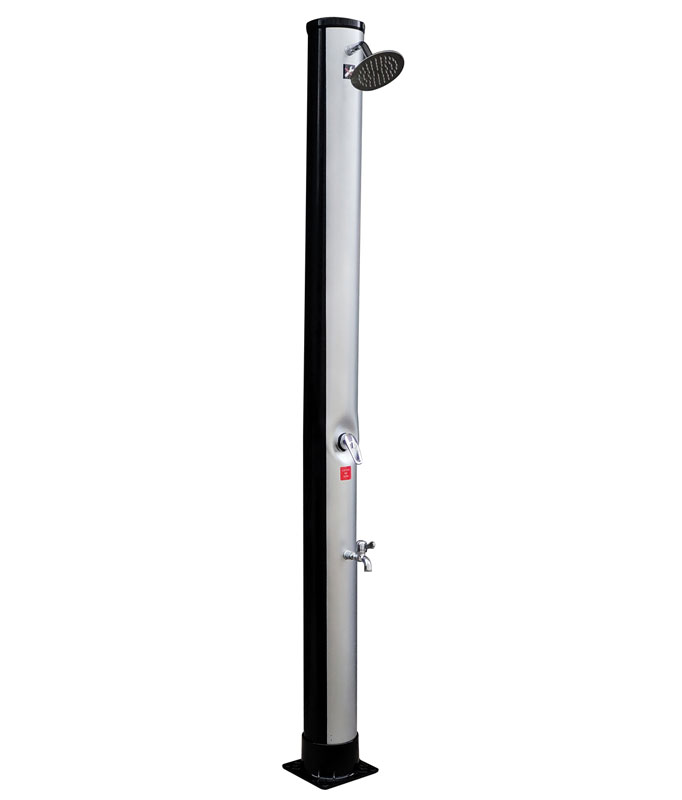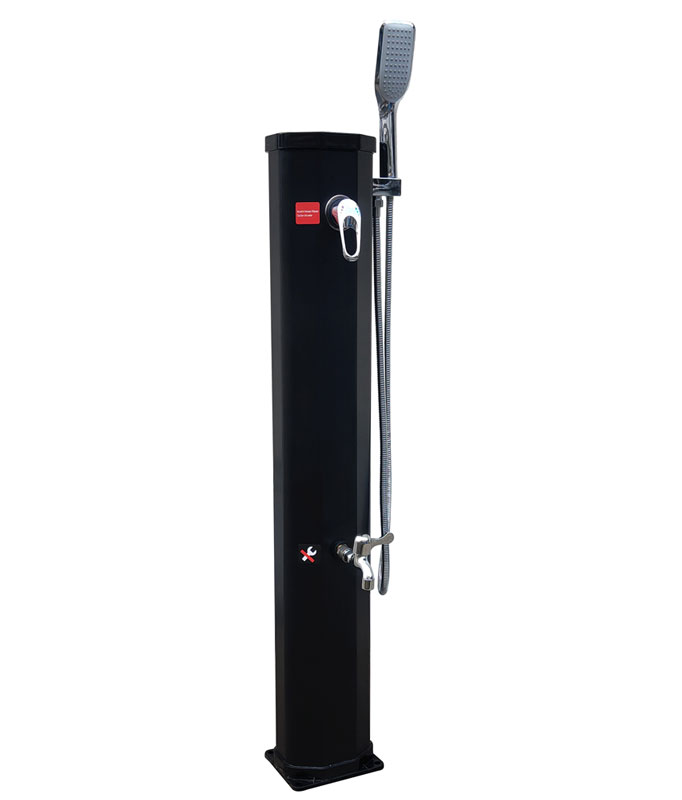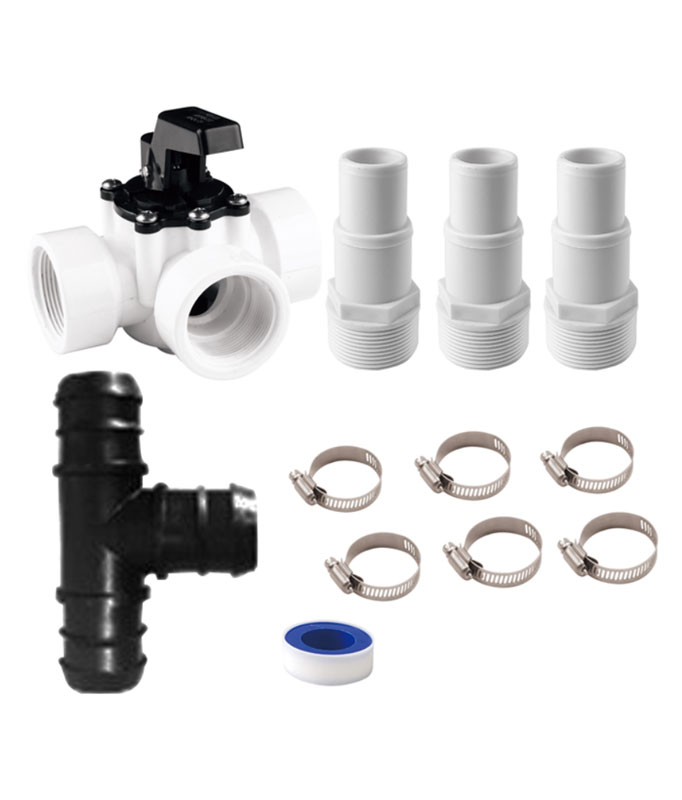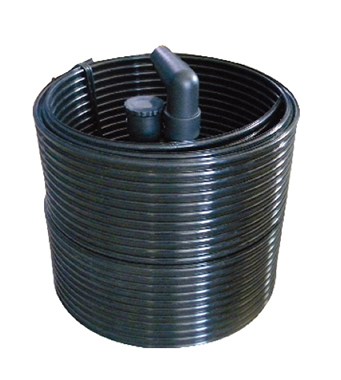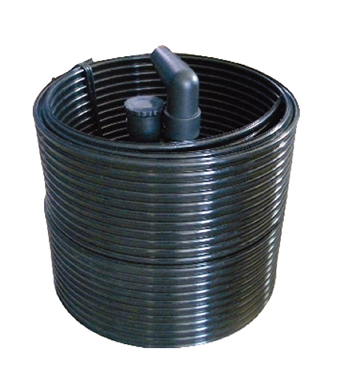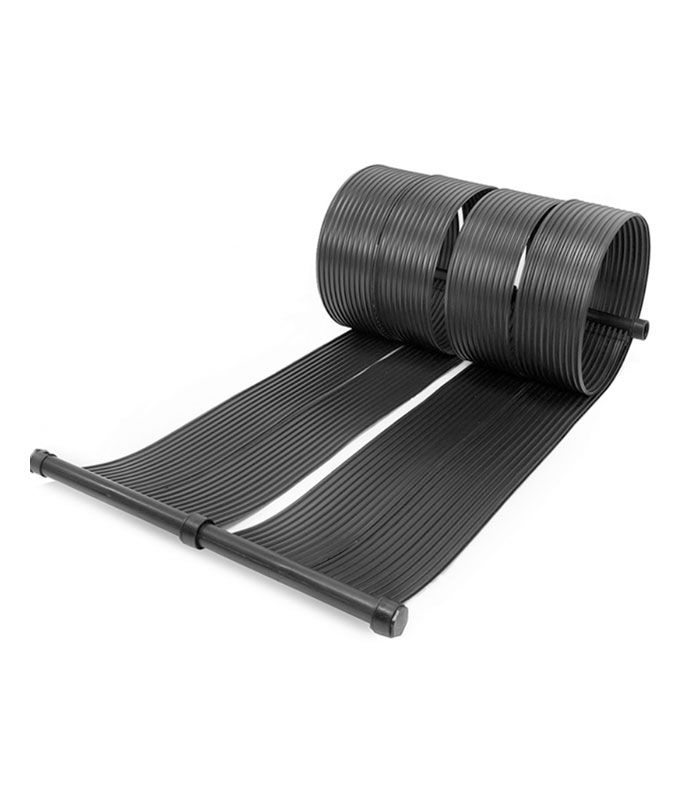Corrosion can weaken structures and lead to costly repairs. You rely on anti-corrosion coatings to protect equipment and extend its lifespan. In 2025, advancements in this field bring innovative solutions. For example, anti-corrosion coating: Quarterly maintenance focus in high-salt/high-chlorine environments ensures durability in challenging conditions. Explore cutting-edge solutions like those offered by https://www.cnpoolstar.com/product/aquajack650-pool-vacuum-cleaner-4.html.
Key Takeaways
- Pick coatings that are safe for the environment to help nature and keep people safe. Check for labels like Green Seal or LEED.
- Take care of coatings often in salty or chlorine-heavy places. Inspect them every three months to find problems early and make them last longer.
- Learn about new ideas like self-fixing and smart coatings. These new types are stronger and need less fixing.
Sustainability in Anti-Corrosion Coatings
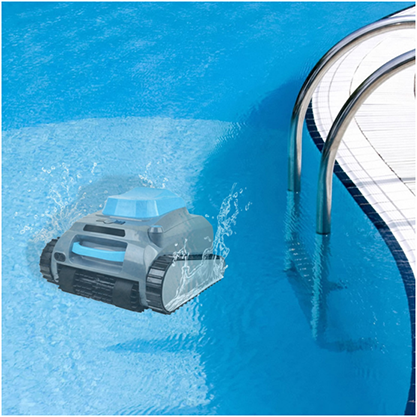
Eco-Friendly Coating Materials
You can make a significant impact by choosing eco-friendly coating materials. These coatings use sustainable ingredients that reduce harm to the environment. For example, bio-based polymers derived from renewable resources like plant oils or starches are gaining popularity. They offer excellent corrosion resistance while minimizing your carbon footprint.
Tip: Look for coatings certified by environmental standards like Green Seal or LEED. These certifications ensure the product meets strict sustainability criteria.
Eco-friendly coatings also eliminate hazardous substances like heavy metals and toxic solvents. This makes them safer for workers and the surrounding ecosystem. By adopting these materials, you contribute to a cleaner and healthier planet.
Water-Based and Low-VOC Solutions
Water-based coatings are revolutionizing the industry. Unlike solvent-based options, they use water as the primary carrier, reducing the release of volatile organic compounds (VOCs). VOCs contribute to air pollution and health issues, so switching to low-VOC solutions benefits both you and the environment.
Here’s why water-based coatings stand out:
- Safer Application: You avoid exposure to harmful fumes during application.
- Improved Air Quality: These coatings help reduce smog formation and indoor air pollution.
- Versatility: They work well on various surfaces, including metal and concrete.
Note: Always check the VOC content on product labels. Lower numbers mean a safer and more sustainable choice.
Water-based coatings also dry faster, saving you time during projects. Their advanced formulations ensure durability without compromising performance.
Energy-Efficient Manufacturing Processes
Energy-efficient manufacturing processes are transforming how coatings are produced. Companies now use technologies like low-temperature curing and optimized production lines to reduce energy consumption. These innovations lower greenhouse gas emissions and operational costs.
You can support this trend by choosing products from manufacturers committed to energy efficiency. Many companies now share their sustainability practices, including energy-saving measures, on their websites.
Callout: Every energy-efficient choice you make contributes to global efforts to combat climate change.
Additionally, advancements in automation and AI streamline production, reducing waste and improving consistency. These processes ensure you receive high-quality coatings while supporting a greener future.
Advanced Customization for Industry-Specific Needs
Tailored Coatings for Harsh Environments
You face unique challenges when working in harsh environments. Extreme temperatures, high humidity, and chemical exposure can degrade materials quickly. Tailored anti-corrosion coatings address these specific conditions, offering enhanced protection.
For example, coatings designed for arctic regions resist freezing temperatures without cracking. In contrast, heat-resistant coatings protect equipment in high-temperature industrial settings. These specialized solutions ensure your assets remain durable, even in the toughest conditions.
Tip: Always assess the environmental factors of your project site. This helps you choose the right coating for maximum protection.
Tailored coatings also improve efficiency. By selecting a product designed for your environment, you reduce maintenance needs and extend the lifespan of your equipment.
Industry-Specific Solutions (e.g., marine, oil and gas, construction)
Different industries require unique anti-corrosion solutions. In the marine sector, coatings must withstand constant exposure to saltwater and UV rays. Oil and gas operations demand products that resist chemical corrosion and high pressures. Construction projects benefit from coatings that protect against moisture and urban pollutants.
Here’s how industry-specific coatings help you:
- Marine: Prevent rust on ships, docks, and offshore platforms.
- Oil and Gas: Protect pipelines and storage tanks from chemical damage.
- Construction: Shield steel structures from weathering and corrosion.
Note: Industry-specific coatings often comply with strict regulations, ensuring safety and reliability.
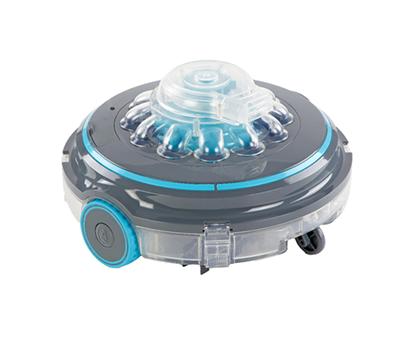
Performance Optimization for Longevity and Cost Efficiency
Optimized coatings save you money by reducing repair and replacement costs. Advanced formulations enhance adhesion, ensuring the coating stays intact for longer periods. This minimizes wear and tear, even in demanding conditions.
You can also benefit from coatings with self-cleaning properties. These reduce dirt buildup, keeping surfaces clean and functional. Additionally, high-performance coatings often require fewer layers, cutting down on application time and material costs.
Callout: Investing in performance-optimized coatings pays off in the long run by lowering maintenance expenses and improving operational efficiency.
By choosing coatings tailored to your needs, you ensure durability, cost savings, and peace of mind.
Technological Advancements Driving Innovation
Integration of AI and Automation in Coating Processes
Artificial intelligence (AI) and automation are revolutionizing how you apply and monitor anti-corrosion coatings. These technologies streamline processes, reduce errors, and improve efficiency. For example, AI-powered systems can analyze surface conditions and recommend the best coating type for your specific needs. This ensures optimal performance and reduces waste.
Automation also plays a key role in application processes. Robotic systems can apply coatings with precision, ensuring even coverage and minimizing material usage. This is especially useful for large-scale projects or hard-to-reach areas.
Tip: Consider working with manufacturers that use AI and automation in their production lines. This guarantees consistent quality and reduces the risk of defects.
AI doesn’t stop at application. Smart sensors embedded in coatings can monitor their condition in real time. These sensors alert you to potential issues, such as cracks or thinning layers, allowing you to address problems before they escalate.
Self-Healing Coatings for Enhanced Durability
Imagine a coating that repairs itself when damaged. Self-healing coatings make this possible. These advanced materials contain microcapsules filled with healing agents. When the coating gets scratched or cracked, the capsules break open and release the agents, sealing the damage.
This innovation offers several benefits:
- Extended Lifespan: You won’t need to reapply coatings as often.
- Reduced Maintenance: Minor damages repair themselves, saving you time and effort.
- Improved Protection: The coating maintains its integrity, preventing corrosion from spreading.
️ Callout: Self-healing coatings are ideal for industries like aerospace and marine, where maintenance can be challenging and costly.
These coatings are still evolving, but their potential is enormous. As they become more affordable, you’ll likely see them used in a wider range of applications.
Nanotechnology and Smart Coatings
Nanotechnology is taking anti-corrosion coatings to the next level. By manipulating materials at the nanoscale, scientists create coatings with unique properties. For instance, nanoparticles can enhance a coating’s adhesion, making it stick better to surfaces. They can also improve resistance to UV rays, chemicals, and extreme temperatures.
Smart coatings, a subset of nanotechnology, offer even more advanced features. These coatings can respond to environmental changes. For example, they might release corrosion inhibitors when exposed to moisture or change color to indicate damage.
Here’s how nanotechnology benefits you:
- Stronger Protection: Nanoparticles create a denser barrier against corrosive elements.
- Enhanced Functionality: Smart coatings provide real-time feedback on their condition.
- Eco-Friendly Options: Many nanocoatings use fewer harmful chemicals.
Note: While nanotechnology is cutting-edge, it’s becoming more accessible. Keep an eye out for products that incorporate these advancements.
By embracing these innovations, you can stay ahead in protecting your assets. Whether it’s AI, self-healing materials, or nanotechnology, these advancements ensure your coatings perform better and last longer.
Anti-Corrosion Coating: Quarterly Maintenance Focus in High-Salt/High-Chlorine Environments
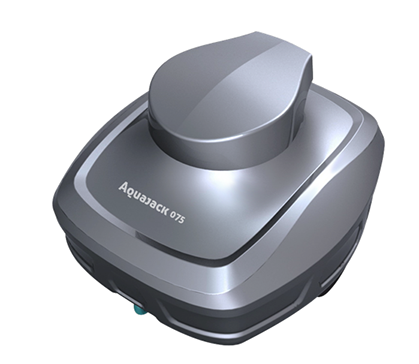
Importance of Regular Maintenance
Regular maintenance plays a vital role in preserving the effectiveness of anti-corrosion coatings. High-salt and high-chlorine environments accelerate corrosion, which can compromise the integrity of your equipment. By scheduling quarterly inspections, you can identify early signs of wear and address them before they escalate.
Maintenance ensures that coatings remain intact and continue to provide a protective barrier. Without it, even the most advanced coatings may fail under harsh conditions. You can also prevent costly repairs and downtime by staying proactive.
️ Tip: Create a maintenance log to track inspections and repairs. This helps you stay organized and ensures no step is overlooked.
Strategies for High-Salt/High-Chlorine Environments
In environments with high salt or chlorine levels, you need targeted strategies to maintain your coatings. Start by cleaning surfaces regularly to remove salt deposits and chlorine residues. These substances can degrade coatings over time.
Inspect coated surfaces for cracks, blisters, or peeling. Address these issues immediately to prevent further damage. Use touch-up coatings specifically designed for high-salt/high-chlorine environments to restore protection.
Note: Choose coatings with enhanced resistance to salt and chlorine. These products are formulated to withstand the unique challenges of such environments.
Additionally, consider applying sacrificial coatings in areas prone to extreme exposure. These coatings absorb the corrosive effects, protecting the underlying material.
Long-Term Benefits of Maintenance Programs
A well-planned maintenance program offers long-term benefits. Anti-corrosion coating: Quarterly maintenance focus in high-salt/high-chlorine environments extends the lifespan of your assets. It reduces the frequency of major repairs, saving you money in the long run.
Regular upkeep also ensures safety. Corroded structures can pose risks to workers and the environment. By maintaining coatings, you minimize these hazards.
Callout: Consistent maintenance boosts the performance of your coatings, ensuring they deliver maximum protection.
Over time, a proactive approach to maintenance enhances operational efficiency. Your equipment stays in optimal condition, allowing you to focus on productivity instead of repairs.
Market Dynamics and Future Outlook
Key Growth Drivers in the Anti-Corrosion Coating Market
The anti-corrosion coating market is expanding rapidly due to several key factors. Increased industrialization and infrastructure development drive demand for protective coatings. You see this growth in sectors like construction, marine, and oil and gas, where corrosion resistance is critical.
Environmental regulations also play a significant role. Governments worldwide encourage the adoption of eco-friendly coatings. This shift creates opportunities for water-based and low-VOC solutions. Additionally, advancements in technology, such as self-healing coatings and nanotechnology, attract industries looking for innovative ways to protect their assets.
Tip: Stay updated on emerging technologies to leverage these growth opportunities in your projects.
Challenges Facing the Industry
Despite its growth, the industry faces challenges. High production costs for advanced coatings can deter adoption. You may also encounter difficulties in sourcing raw materials, especially for eco-friendly options.
Another challenge is the need for skilled labor. Applying specialized coatings often requires expertise, which can increase project costs. Furthermore, maintaining coatings in harsh environments, such as high-salt/high-chlorine areas, remains a persistent issue. Anti-corrosion coating: Quarterly maintenance focus in high-salt/high-chlorine environments is essential to address these challenges effectively.
⚠️ Note: Investing in training and maintenance programs can help overcome these obstacles.
Opportunities for Innovation and Expansion
The future of anti-corrosion coatings lies in innovation. You can explore opportunities in smart coatings that monitor their condition and provide real-time feedback. These coatings reduce maintenance needs and improve efficiency.
Expanding into emerging markets also offers potential. Countries with growing industrial sectors need reliable anti-corrosion solutions. By offering tailored products, you can meet the unique demands of these regions.
Additionally, focusing on maintenance strategies, such as anti-corrosion coating: Quarterly maintenance focus in high-salt/high-chlorine environments, ensures long-term customer satisfaction. This approach not only extends the lifespan of coatings but also builds trust with clients.
Callout: Innovation and proactive maintenance are key to staying competitive in this evolving market.
You’ve seen how sustainability, customization, and technology are reshaping anti-corrosion coatings. Eco-friendly materials, tailored solutions, and innovations like AI and nanotechnology offer better protection and efficiency. Staying proactive ensures you meet market demands and adapt to challenges. Anti-corrosion coatings will continue evolving, helping you protect assets and drive industrial progress.
FAQ
What are the benefits of using eco-friendly anti-corrosion coatings?
Eco-friendly coatings reduce environmental harm and improve workplace safety. They also comply with regulations and offer excellent corrosion resistance, ensuring long-term protection for your assets.
Tip: Choose coatings certified by environmental standards like LEED for added assurance.
How do self-healing coatings work?
Self-healing coatings contain microcapsules with healing agents. When damaged, these capsules release the agents, repairing the coating and maintaining its protective barrier.
️ Note: These coatings are ideal for industries where maintenance is challenging.
Can nanotechnology improve coating performance?
Yes, nanotechnology enhances adhesion, UV resistance, and durability. It creates a denser barrier against corrosion and offers smart features like damage detection or environmental responsiveness.
Callout: Look for nanocoatings to future-proof your projects with cutting-edge technology.

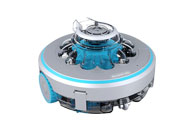 Robotic Pool Cleaner
Robotic Pool Cleaner 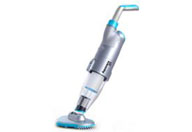 Portable Pool Vacuum Cleaner
Portable Pool Vacuum Cleaner  Automatic Pool Cleaner
Automatic Pool Cleaner 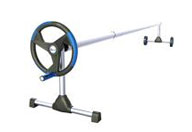 Pool Cover Reel
Pool Cover Reel 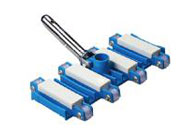 Pool Cleaning Accessories
Pool Cleaning Accessories 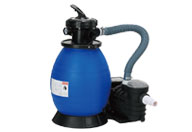 Pool Filter Pump
Pool Filter Pump 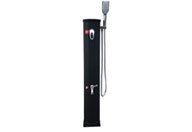 Pool Solar Shower
Pool Solar Shower 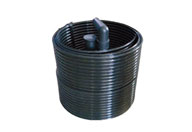 Pool Solar Collector
Pool Solar Collector 